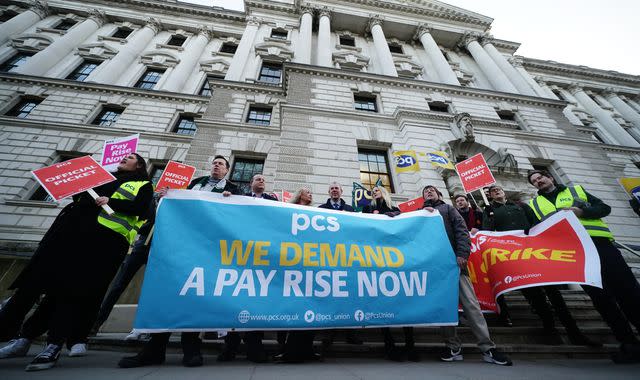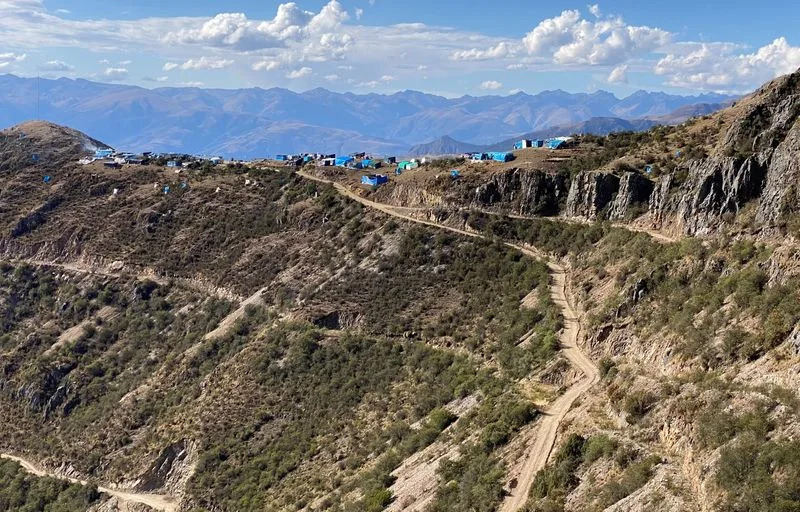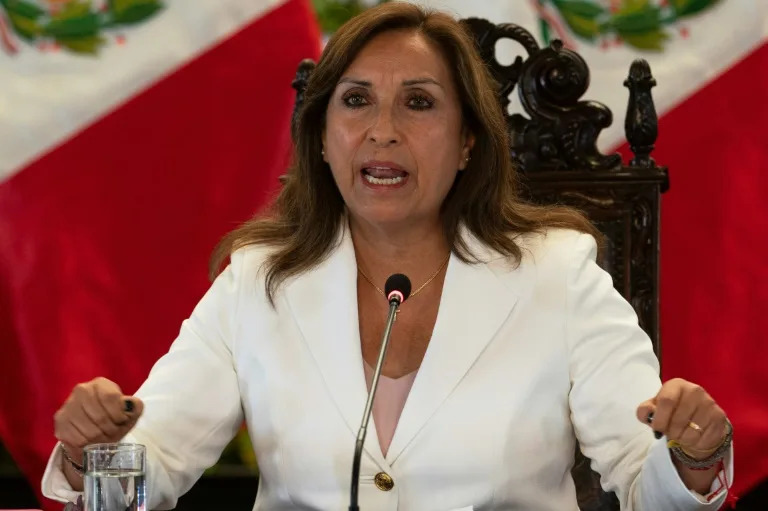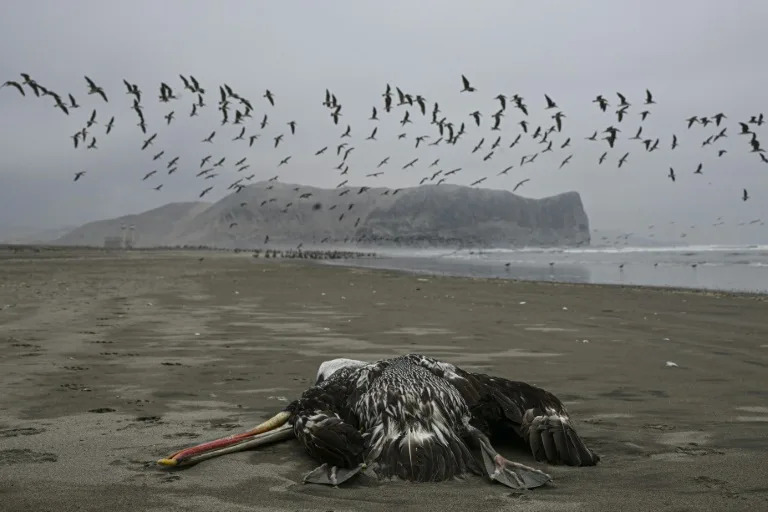Leyland Cecco in Vancouver
THE GUARDIAN
Tue, 7 February 2023
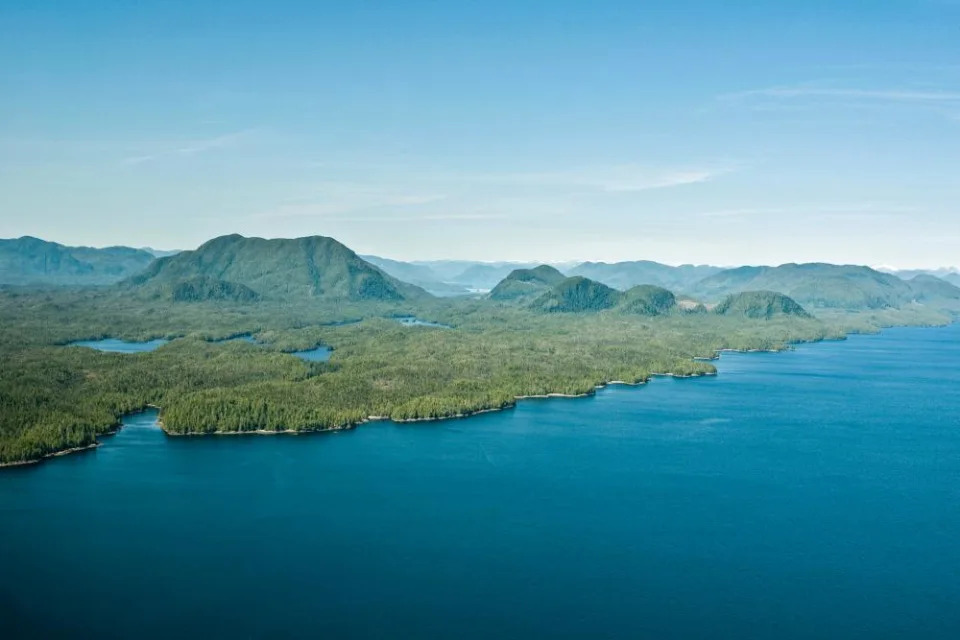
Photograph: John Zada/Alamy
Nearly a decade ago, Canadian political leaders, environmental activists and Indigenous nations came together to shelter a sprawling 6.4 million-hectare area of trees, sea wolves, salmon and grizzly bears – a project that was named, with some branding acumen, the Great Bear Rainforest.
The plan has since been hailed as a triumph for protecting swathes of old-growth cedar and spruce and drawing global attention to an area of pristine forest the size of Ireland.
This week, Indigenous nations in British Columbia are hoping to replicate that success by extending the model out to the ocean: a new network of protected marine zones called the Great Bear Sea.
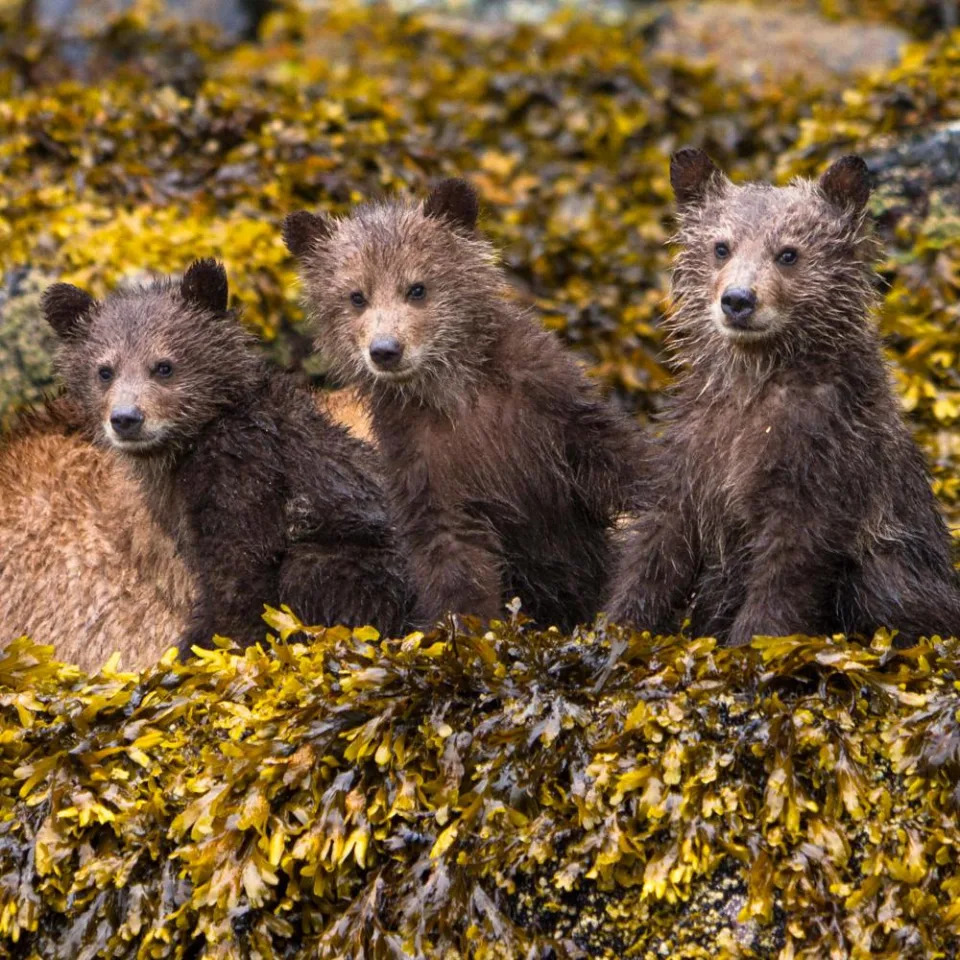
Grizzly bears were one of the species protected by the formation of the Great BEar Rainforest project. Photograph: All Canada Photos/Alamy
But amid the fanfare and optimistic proclamations from senior Canadian and Indigenous leaders, the project’s branding is a reminder for some First Nations of the challenge of having their voices and values reflected in major conservation agreements.
At the Fifth International Marine Protected Areas Congress, being held in Vancouver this week, leaders from 15 First Nations, alongside delegates from British Columbia and the federal government, have announced plans to protect a swathe of marine coastline along the province’s northern coast, safeguarding a 10 million-hectare corridor of ocean stretching from the top of Vancouver Island to the Canada-Alaska border.
The plan, hailed as a breakthrough in recognising the delicate balance of preserving vulnerable ecosystems with the needs of coastal Indigenous communities, is also a necessary part in fulfilling Canada’s goal of protecting 30% of its lands and oceans by 2030.
“This is one of the richest and most productive ecosystems left in the world, and we should be very proud of that,” said Christine Smith-Martin, executive director of the Coastal First Nations. “Salmon, bears, wolves, and whales, kelp forests and ancient cedars; it is also a home to all of our people in our traditional territories. First Nations stewardship of these lands and seas dates back more than 14,000 years – we can take care of our territories.”
Provincial leaders view the deal as a departure from previous ways of seeing the environment. “We require a mindset shift in order to achieve a more sustainable planet,” said Nathan Cullen, British Columbia’s minister of water, land and resource stewardship. “The longstanding mindset of ‘scarcity’ is combative. It’s not collaborative. We need an ‘abundance mindset’– building back up what nature wants to do.
“That requires sharing of power and envisioning something that we can’t see in front of us right now. But the reality is that that’s hard.”
The agreement reflects not only hundreds of hours of meetings with residents of the 15 First Nations but two decades of effort from Indigenous communities to see the region protected from further harm.
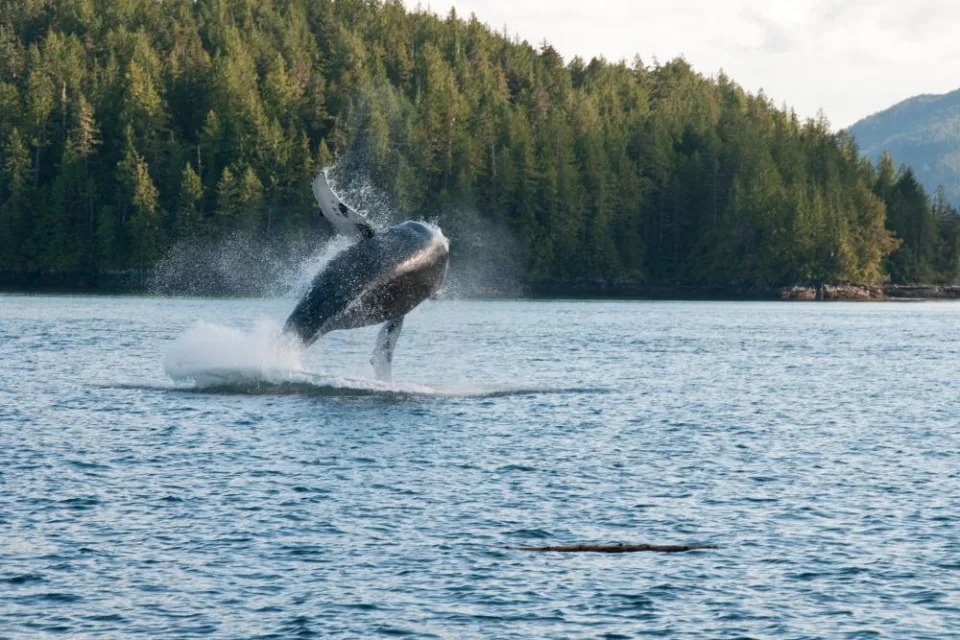
A humpback whale breaching in Pacific coastal waters in the Great Bear Rainforest. Photograph: John Zada/Alamy
In recent years, populations of wild pacific salmon, the lifeblood of coastal First Nation communities, have collapsed. So too have eulachon, prized for their oil, alongside Dungeness crab and rockfish. The region has seen a spike in marine traffic as northern ports take on a greater share of wood pellet export, and there are plans for a surge in liquid natural gas shipments, presenting challenges in preserving an area that is becoming economically more important for Canada.
Marine biologists say the protected areas are vital in helping species recover and to improve their genetic diversity – a key way to help in adaptating to climate change. By establishing the network of protected areas, the hope is that the region will see cumulative benefits.
“Crown governments have had the power to implement laws and policies that could have slowed down or prevented us from getting here. [This is] the reckoning of that. If they were right, we wouldn’t be in this situation, this crisis,” said Gaagwiis, president of the Council of the Haida Nation.
Communities along the coast, whose inhabitants have relied on the marine environment for salmon, herring, seaweed and clams, also see their future ability to harvest from the ocean as a key metric of success. “It’s not just about ensuring that Indigenous title or jurisdiction is recognised in a proper way – we need to ensure that we have sustainable communities,” said Gaagwiis.
The timeline to get plans in place is “daunting”, said Gaagwiis, especially with the task of working with 15 Indigenous nations alongside two levels of government. “But we’re seeing a public commitment by the government to an international audience, so we’re optimistic that the conditions politically in Canada and internationally are aligned with Indigenous interests as well. It’s up to us all to figure out what it takes to get it done.”
Related: ‘A soul wound’: a First Nation built its culture around salmon. Now they have to fly it in frozen
The plan covers an area formally known as the northern shelf bioregion but it has been rebranded as the Great Bear Sea because it is linked to the neighbouring Great Bear Rainforest.
Dallas Smith, president of Nanwakolas Council, and a key negotiator for the rainforest plan, said the success of the model put Indigenous communities in a position to be able to hold governments accountable.
But the name itself, created by non-Indigenous activists in the 1990s to generate public interest and solidarity, has long been a point of contention among Indigenous peoples, who say it glosses over the fact that the sprawling forest is home to 26 First Nations and six distinct languages.
“I hate the term the Great Bear Rainforest,” said Smith. “But, that said, I respect it because, as a branding exercise, it was able to focus our goals in one collective thing.”
With the Great Bear Sea, Smith says that Indigenous communities have been able to “take back the narrative” that has historically been championed by outside groups, putting forward a set of requirements and conditions that reflect Indigenous knowledge and values.
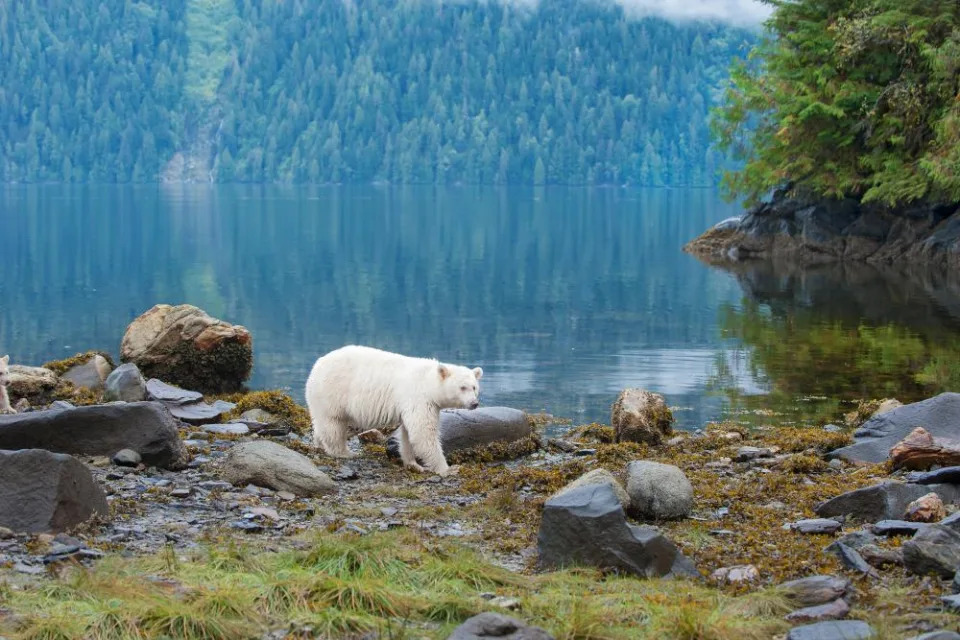
A Kermode or spirit bear foraging in the intertidal zone, Great Bear Rainforest.
Tue, 7 February 2023

Photograph: John Zada/Alamy
Nearly a decade ago, Canadian political leaders, environmental activists and Indigenous nations came together to shelter a sprawling 6.4 million-hectare area of trees, sea wolves, salmon and grizzly bears – a project that was named, with some branding acumen, the Great Bear Rainforest.
The plan has since been hailed as a triumph for protecting swathes of old-growth cedar and spruce and drawing global attention to an area of pristine forest the size of Ireland.
This week, Indigenous nations in British Columbia are hoping to replicate that success by extending the model out to the ocean: a new network of protected marine zones called the Great Bear Sea.

Grizzly bears were one of the species protected by the formation of the Great BEar Rainforest project. Photograph: All Canada Photos/Alamy
But amid the fanfare and optimistic proclamations from senior Canadian and Indigenous leaders, the project’s branding is a reminder for some First Nations of the challenge of having their voices and values reflected in major conservation agreements.
At the Fifth International Marine Protected Areas Congress, being held in Vancouver this week, leaders from 15 First Nations, alongside delegates from British Columbia and the federal government, have announced plans to protect a swathe of marine coastline along the province’s northern coast, safeguarding a 10 million-hectare corridor of ocean stretching from the top of Vancouver Island to the Canada-Alaska border.
The plan, hailed as a breakthrough in recognising the delicate balance of preserving vulnerable ecosystems with the needs of coastal Indigenous communities, is also a necessary part in fulfilling Canada’s goal of protecting 30% of its lands and oceans by 2030.
“This is one of the richest and most productive ecosystems left in the world, and we should be very proud of that,” said Christine Smith-Martin, executive director of the Coastal First Nations. “Salmon, bears, wolves, and whales, kelp forests and ancient cedars; it is also a home to all of our people in our traditional territories. First Nations stewardship of these lands and seas dates back more than 14,000 years – we can take care of our territories.”
Provincial leaders view the deal as a departure from previous ways of seeing the environment. “We require a mindset shift in order to achieve a more sustainable planet,” said Nathan Cullen, British Columbia’s minister of water, land and resource stewardship. “The longstanding mindset of ‘scarcity’ is combative. It’s not collaborative. We need an ‘abundance mindset’– building back up what nature wants to do.
“That requires sharing of power and envisioning something that we can’t see in front of us right now. But the reality is that that’s hard.”
The agreement reflects not only hundreds of hours of meetings with residents of the 15 First Nations but two decades of effort from Indigenous communities to see the region protected from further harm.

A humpback whale breaching in Pacific coastal waters in the Great Bear Rainforest. Photograph: John Zada/Alamy
In recent years, populations of wild pacific salmon, the lifeblood of coastal First Nation communities, have collapsed. So too have eulachon, prized for their oil, alongside Dungeness crab and rockfish. The region has seen a spike in marine traffic as northern ports take on a greater share of wood pellet export, and there are plans for a surge in liquid natural gas shipments, presenting challenges in preserving an area that is becoming economically more important for Canada.
Marine biologists say the protected areas are vital in helping species recover and to improve their genetic diversity – a key way to help in adaptating to climate change. By establishing the network of protected areas, the hope is that the region will see cumulative benefits.
“Crown governments have had the power to implement laws and policies that could have slowed down or prevented us from getting here. [This is] the reckoning of that. If they were right, we wouldn’t be in this situation, this crisis,” said Gaagwiis, president of the Council of the Haida Nation.
Communities along the coast, whose inhabitants have relied on the marine environment for salmon, herring, seaweed and clams, also see their future ability to harvest from the ocean as a key metric of success. “It’s not just about ensuring that Indigenous title or jurisdiction is recognised in a proper way – we need to ensure that we have sustainable communities,” said Gaagwiis.
The timeline to get plans in place is “daunting”, said Gaagwiis, especially with the task of working with 15 Indigenous nations alongside two levels of government. “But we’re seeing a public commitment by the government to an international audience, so we’re optimistic that the conditions politically in Canada and internationally are aligned with Indigenous interests as well. It’s up to us all to figure out what it takes to get it done.”
Related: ‘A soul wound’: a First Nation built its culture around salmon. Now they have to fly it in frozen
The plan covers an area formally known as the northern shelf bioregion but it has been rebranded as the Great Bear Sea because it is linked to the neighbouring Great Bear Rainforest.
Dallas Smith, president of Nanwakolas Council, and a key negotiator for the rainforest plan, said the success of the model put Indigenous communities in a position to be able to hold governments accountable.
But the name itself, created by non-Indigenous activists in the 1990s to generate public interest and solidarity, has long been a point of contention among Indigenous peoples, who say it glosses over the fact that the sprawling forest is home to 26 First Nations and six distinct languages.
“I hate the term the Great Bear Rainforest,” said Smith. “But, that said, I respect it because, as a branding exercise, it was able to focus our goals in one collective thing.”
With the Great Bear Sea, Smith says that Indigenous communities have been able to “take back the narrative” that has historically been championed by outside groups, putting forward a set of requirements and conditions that reflect Indigenous knowledge and values.

A Kermode or spirit bear foraging in the intertidal zone, Great Bear Rainforest.
Photograph: All Canada Photos/Alamy
“We waited too long for the government or industry, or even activists, to solve our problems for us. If governments want to wax poetic about ocean protection, climate change and reconciliation, you’re going to have to dance with us, instead of making us dance for you,” he said.
“With the Great Bear Sea, you’re going to dance to our tune now.”
“We waited too long for the government or industry, or even activists, to solve our problems for us. If governments want to wax poetic about ocean protection, climate change and reconciliation, you’re going to have to dance with us, instead of making us dance for you,” he said.
“With the Great Bear Sea, you’re going to dance to our tune now.”

